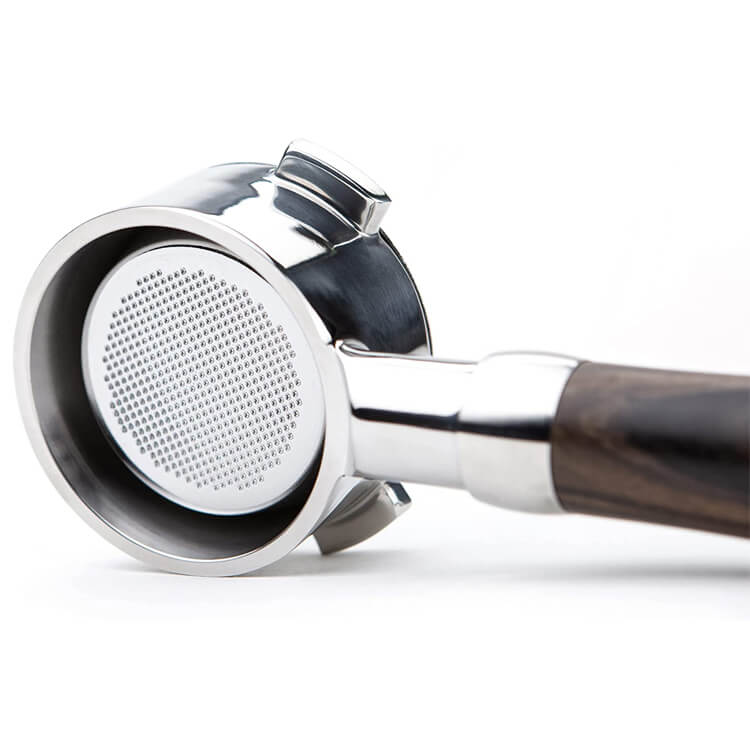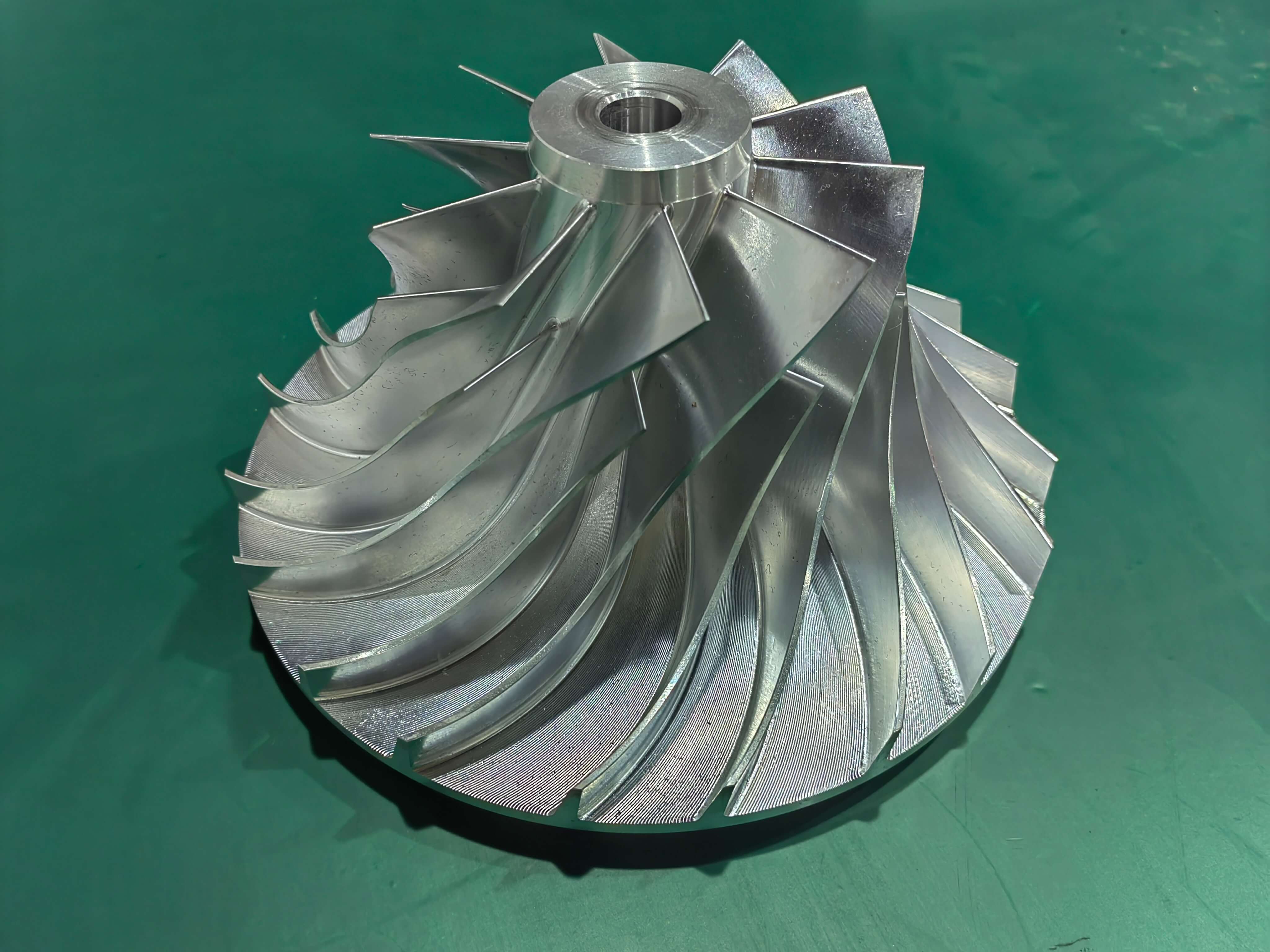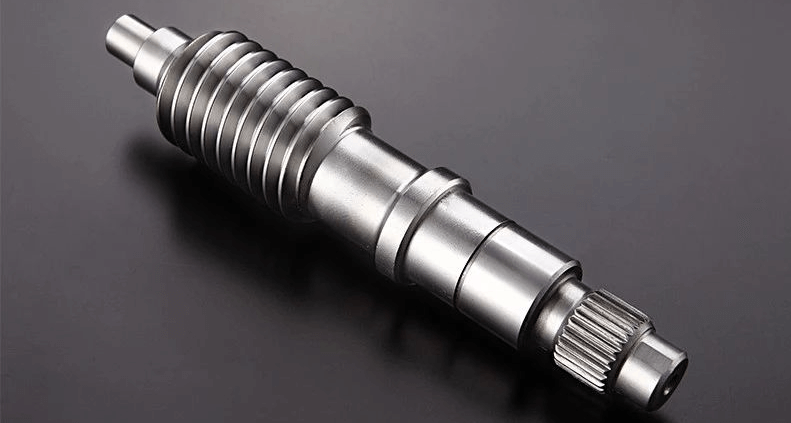Metal Materials Guide: Properties and Applications of Ferrous and Non-Ferrous Metals
The world of metal materials offers engineers and manufacturers a vast array of options for different applications. From sturdy ferrous metals to corrosion-resistant alloys, each material brings unique characteristics that make it suitable for specific uses. This comprehensive guide explores twelve essential metal materials that form the backbone of modern industry.

Comparison of different metal materials showing their distinctive colors and textures
Ferrous Metals: The Iron-Based Powerhouses
Ferrous metals contain iron as their primary component and dominate industrial applications due to their strength and affordability.
1. Black Iron (Ferrous Metals)
Black iron represents the simplest form of ferrous metal, consisting primarily of iron with small amounts of carbon. While it rusts easily, its low cost makes it popular for non-critical applications like piping and fencing. Surprisingly, many historical structures used black iron before modern steel became available.
2. Carbon Steel: The Workhorse of Industry
Carbon steel contains 0.05% to 2.1% carbon by weight, creating a material that balances strength with workability. Low-carbon steels (mild steels) form easily for automotive body panels, while high-carbon steels create durable tools and blades. The Golden Gate Bridge contains enough carbon steel to circle the Earth three times if laid end-to-end.
3. Alloy Steel: Enhanced Performance
By adding elements like chromium, nickel, or molybdenum, alloy steels gain superior properties. Chromium-vanadium steel makes excellent hand tools, while nickel steels withstand extreme temperatures. Modern cars use over twenty different alloy steel formulations in various components.
4. Stainless Steel: Corrosion Resistance Champion
Containing at least 10.5% chromium, stainless steel forms a protective oxide layer that prevents rust. Austenitic grades (300 series) offer excellent formability, while martensitic grades provide hardness for cutlery. A single stainless steel sculpture in Chicago contains more metal than fifty average cars.
5. Cast Iron: The Heavy Duty Performer
With 2-4% carbon content, cast iron pours easily into molds but remains brittle. Gray iron dampens vibrations for machine tools, while ductile iron adds magnesium for improved toughness. Most engine blocks still use cast iron because it withstands heat better than aluminum.

Modern steel production facility creating various ferrous metal products
Non-Ferrous Metals: Lightweight and Corrosion Resistant
Non-ferrous metals lack significant iron content, offering advantages like light weight and corrosion resistance.
1. Aluminum: The Lightweight Champion
Aluminum’s excellent strength-to-weight ratio makes it ideal for aerospace and packaging. Alloying with copper, magnesium or silicon enhances its properties. Remarkably, recycling aluminum requires only 5% of the energy needed for primary production.
2. Copper: The Electrical Conductor
With the highest electrical conductivity of any industrial metal, copper dominates wiring and electronics. Its antimicrobial properties make it valuable for hospital surfaces. The average smartphone contains about 15 grams of copper throughout its components.
3. Brass: The Decorative Alloy
Combining copper and zinc, brass offers excellent machinability and acoustic properties. Cartridge brass (70% copper) forms easily for ammunition casings, while naval brass resists saltwater corrosion. Many historical cannons were made from brass because it didn’t spark during loading.
4. Bronze: The Ancient Advanced Material
Traditionally copper-tin alloys, modern bronzes may include aluminum or silicon. Bronze bearings require no lubrication, while aluminum bronze withstands seawater. The Statue of Liberty’s skin uses bronze patina to create its distinctive green color.
5. Nickel: The Tough Performer
Nickel alloys resist extreme temperatures and corrosive environments. Inconel maintains strength at jet engine temperatures, while monel resists sea water corrosion. The US five-cent coin contains more nickel than any other metal despite its name.
6. Zinc: The Protective Metal
Zinc primarily serves as a protective coating for steel (galvanization) but also forms die-cast parts. Zinc-aluminum alloys create strong, precise components for automotive applications. About 50% of zinc production goes toward corrosion protection of other metals.
7. Titanium: The Space-Age Metal
Titanium combines strength rivaling steel with 45% less weight and excellent corrosion resistance. Aerospace and medical implants benefit most from these properties. Producing one kilogram of titanium requires as much energy as producing six kilograms of aluminum.
Metal Materials Comparison
| Material | Density (g/cm³) | Tensile Strength (MPa) | Key Properties | Common Applications |
|---|---|---|---|---|
| Carbon Steel | 7.85 | 400-550 | High strength, machinable | Construction, automotive |
| Stainless Steel | 7.9 | 500-1000 | Corrosion resistant | Kitchenware, medical |
| Aluminum | 2.7 | 70-700 | Lightweight, conductive | Aircraft, packaging |
| Copper | 8.96 | 210-350 | Best electrical conductor | Wiring, electronics |
| Titanium | 4.51 | 900-1200 | High strength-to-weight | Aerospace, implants |
Choosing the Right Metal Material
Selecting the optimal metal requires considering multiple factors:
1. Mechanical Requirements
Evaluate needed strength, hardness, and fatigue resistance. While steel offers maximum strength, aluminum may suffice for lighter applications. Titanium provides the best balance when weight matters.
2. Environmental Conditions
Marine environments demand stainless steel or bronze, while chemical plants may need nickel alloys. Outdoor structures often use galvanized steel for cost-effective corrosion protection.
3. Manufacturing Considerations
Cast iron pours easily but machines poorly, while aluminum mills beautifully but can gum up tools. Brass strikes the best balance for complex machined parts.
4. Cost Constraints
Carbon steel provides the most affordable structural option, while titanium remains premium-priced. Sometimes coating a cheaper base metal provides adequate performance.
Future of Metal Materials
Emerging developments continue expanding metal capabilities:
Advanced High-Strength Steels
New formulations deliver twice the strength of conventional steels while maintaining formability. Automakers use these to reduce vehicle weight without compromising safety.
Metal Matrix Composites
Combining metals with ceramics or carbon creates materials with exceptional properties. Aluminum reinforced with silicon carbide may revolutionize aerospace components.
Smart Alloys
Shape-memory alloys like nitinol “remember” their original form after deformation. These enable innovative medical devices and actuators.
From ancient bronze tools to space-age titanium alloys, metal materials continue evolving to meet humanity’s engineering challenges. Understanding these twelve essential metals empowers better design decisions across all manufacturing sectors.






